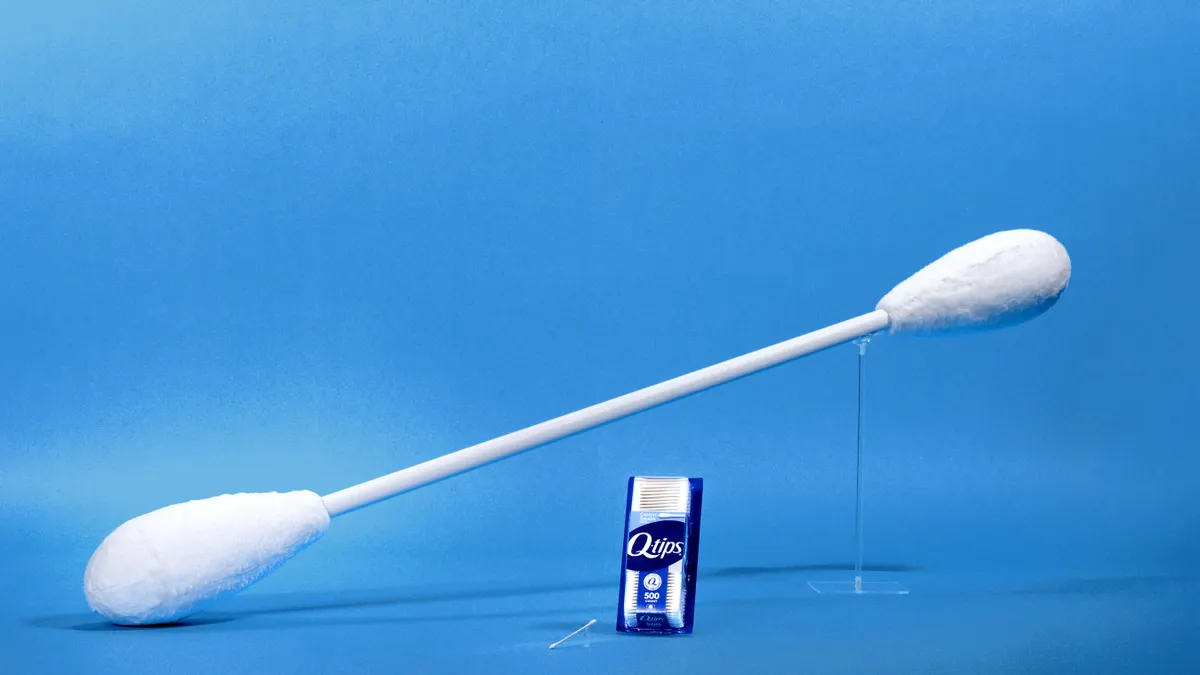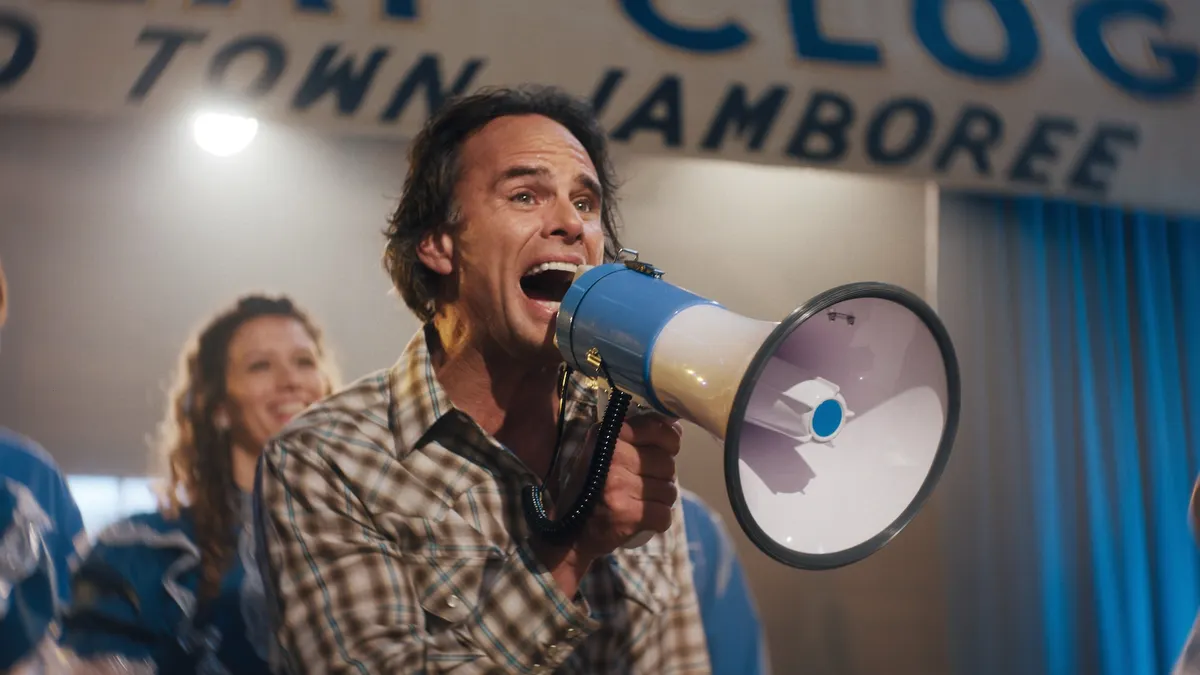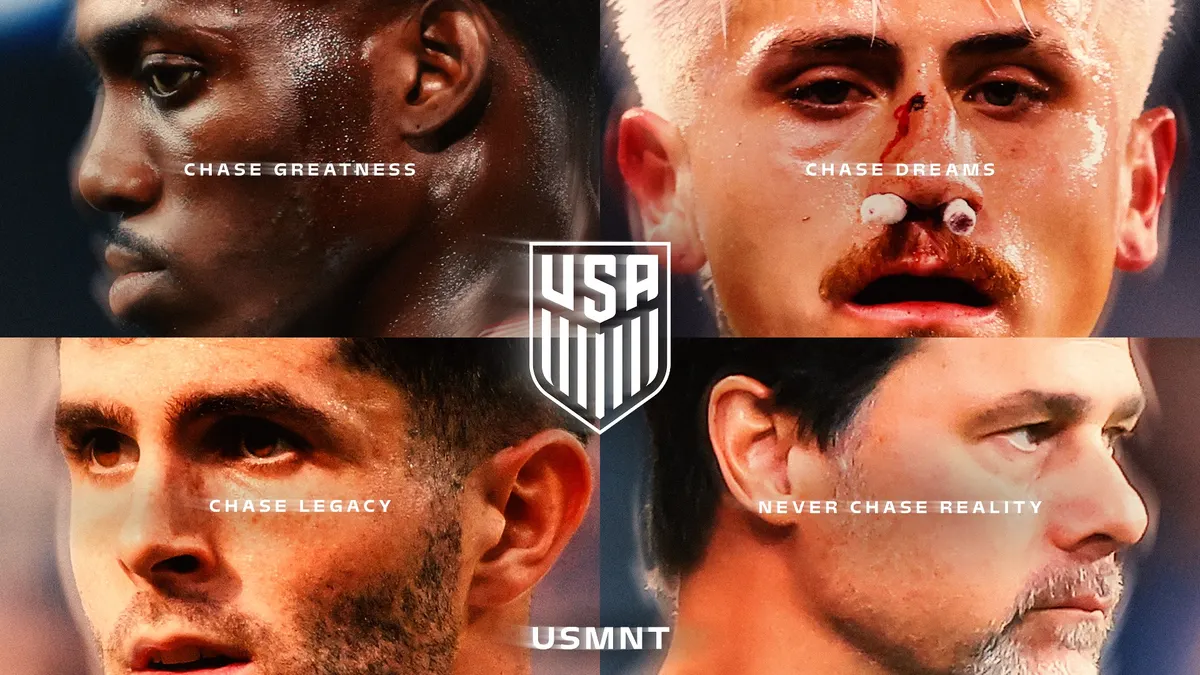A rugged, chisel-jawed cowboy, tired from a long day of working on the plains, lights up a cigarette with the help of a similarly stoic male companion. The wordless exchange, backed by a soundtrack of poky Western music, is the setting of just one of many ads for Philip Morris Cos.'s Marlboro cigarettes around what's become one of advertising's most iconic brand characters.
The Marlboro Man archetype, though less omnipresent than it once was, left a long-lasting impression on advertising and the media in terms of what it meant to be a man: reserved, hard-working and perhaps defined most by posturing and machismo (though Marlboro, oddly enough, was originally marketed toward women). But in 2018, amid a rise in discussions around gender identity, toxic masculinity and other hot-button cultural topics, the Marlboro Man and his ilk feel more than ever like relics from a bygone era, especially among younger cohorts who are more likely to resist broad, demographic-based targeting than older age segments.
"For a long time, masculinity was this hyper-aggressive male. This thing you wanted to attain, a Marlboro-like status," Ben Gaddis, president of the Austin-based ad agency T3, told Marketing Dive in a phone interview. "Now, you're starting to see this progression to more of a [recognition] of the fact that men are sensitive and they cry and there are so many other facets to being a male that haven't been portrayed in the past."
In a potentially surprising development, marketers in categories not always known for progressive messaging, such as men's retail and grooming, are helping to lead this change. Over the past several months, brands such as Axe, Harry's and Bonobos have introduced campaigns that probe what defines masculinity and why some of its traditional pillars are problematic. While the approach has courted backlash, it's one of the key ways these companies are keeping their brands at the forefront of a quickly evolving — and important — cultural discourse.
"Two years ago this would've probably been a very different conversation, and it will probably be very different again two years from now," Micky Onvural, co-president and CMO at Bonobos, told Marketing Dive in a phone interview. "Brands have a need to move with the cultural context around them, obviously, but they also have a responsibility to shape that cultural conversation. Whether we like it or not, consumers navigate the world by brand."
Conversation starters
Despite a particularly contentious climate, more brands are indeed tackling subjects around politics, society and identity. This, in part, comes as a response to consumer demand for such actions. Two-thirds of surveyed consumers believe it's important for brands to take public stances on topics such as immigration, civil rights and race relations, according to findings from a Sprout Social report released in January. As levels of trust decline in institutions like the media, the government and even people's peers, consumers are also frequently looking to businesses as agents of change, per the 2018 Edelman Trust Barometer.
"Brands have a need to move with the cultural context around them... Whether we like it or not, consumers navigate the world by brand."

Micky Onvural
Co-president and CMO, Bonobos
"We're at this cultural turning point in terms of what individuals and organizations are recognizing as the role brands need to play in changing the culture," Erica Ciszek, an assistant professor of integrated strategic communication at the University of Houston's Jack J. Valenti School of Communication, told Marketing Dive. "We see, increasingly, businesses taking the charge with various social endeavors [and] challenging the historical representations of gender in the media."
Bonobos first started ramping up its focus on discussions around masculinity last October with a "Role Models, Not Male Models" push, Onvural said. That messaging strategy continued through the first half of 2018 and most recently centered on "#EvolveTheDefinition," which launched in mid-July around the ESPY awards. The campaign includes a 90-second documentary and microsite where a diverse cast of men read traditional definitions of "masculine," such as "muscular" and "powerful,” and then offer their own understanding of the word.
"When we put that together in the film, we realized we had something powerful on our hands that could go beyond where we started, which is this idea of giving men the confidence to express their individuality, to really take on a much bigger cultural conversation about breaking apart traditional stereotypes," Onvural said.
A place for introspection
Bonobos' effort joins what's become a growing trend among product categories targeted at men — one that follows the lead of similar initiatives aimed at empowering women. Unilever's Dove has been seen as a leader in addressing female stereotypes through its long-running Real Beauty initiative, which focuses on more diverse, natural representations of women. The success of platforms like Real Beauty has potentially spurred more male-oriented brands to take a similar approach, though one that often comes with a greater degree of introspection.
"Toxic masculinity is rooted in the very rigid notions of what it means to 'be a man,' and the pressures guys feel to conform. It is fundamentally a pattern of negative thoughts."

Dawn Hedgepeth
VP of Men's Grooming, Unilever U.S.
Axe, another Unilever brand, in May of last year pivoted its messaging to tackle toxic masculinity, for example. The grooming products marketer, known for years for its bro-y advertisements, did so through a campaign called "Is it Okay for Guys?," part of a broader "Find Your Magic" platform. Made with agency 72andSunny Amsterdam, the creative was based on actual Google searches men made around whether they can be emotional, wear makeup or experiment sexually, among other queries. The effort overall appeared to not only address masculinity on a societal level, but also subtly reflect on Axe's past messaging, which was occasionally accused of selling sexism.
Recognizing the complexity involved in deconstructing toxic masculinity, Unilever leaned on experts to help guide its strategy, including commissioning several studies on the issues and concerns facing guys today. The company also teamed up with anti-bullying organization Ditch the Label and author Carlos Andrés Gómez.
"At its core, AXE is about confidence and attraction. We believe that true confidence comes from embracing and expressing one's true self, and that's what drives genuine attraction," Dawn Hedgepeth, VP of men's grooming at Unilever U.S., said in an email to Marketing Dive. "Toxic masculinity is rooted in the very rigid notions of what it means to 'be a man,' and the pressures guys feel to conform. It is fundamentally a pattern of negative thoughts and behaviors that hold guys back from being their most confident, best selves in the first place."
Devising a strategy
For other marketers looking to challenge the complex subject of masculinity, it might demand thinking beyond creative strategies to instead turn inward and examine who their internal stakeholders and decision-makers are. That could mean asking employees for feedback on what social issues are important to them, per Ciszek, but also ensuring diverse voices are present in the boardroom and on creative teams.
"It's important that [marketers] think about the community relations, the corporate social responsibility arm of their organizations — it's not just creating a 30-second or 60-second spot that highlights some folks," Ciszek said. "It needs to be a multipronged approach, it can't be a one-off campaign [and] it has to be an organizational commitment to social change."
A commonality between Bonobos and Axe's efforts is also a multichannel media plan that leverages tactics like influencers, social media, microsites and more to get the message across. The choice of channels helps shed light onto whom these types of campaigns around masculinity are targeted. T3's Gaddis noted that the 18 to 45 target demographic tends to be particularly responsive to this type of messaging, but that the strategy can also bleed up to parents as well.
"It's not just creating a 30-second or 60-second spot ... it needs to be a multipronged approach."

Erica Ciszek
Assistant professor of integrated strategic communication, University of Houston's Jack J. Valenti School of Communication
"This is certainly not a Boomer-oriented effort — brands are perceptive to the thoughts of the Gen Zers and their expanded notions and internal critiques of gender," Ciszek said. "If brands want to remain relevant to new generations and Gen Zers, they need to adapt."
In Bonobos' case, the timing of the launch for "#EvolvetheDefinition" was also crucial to generating buzz online, with the video debuting during ABC's ESPY awards recognizing athletic achievement.
"The media choice of the ESPYs was extremely deliberate," Onvural said. "Because sports is such a bastion of traditional masculinity, [our thought was], if we're going to spark a controversial conversation, it was that kind of environment in which we were going to do it."
To those ends, the campaign was successful, racking up more than 4.5 million hits on YouTube in the days after rolling out. It now has north of 10 million.
"[The conversation is] continuing on Twitter, it's continuing on Instagram and it's continuing through the site. We hope it will have a long tail," Onvural said. "You will see us add to those stories over time."
A touchy subject
At the same time, Onvural acknowledged that what she calls "haters" have been particularly vocal toward "#EvolvetheDefinition." While the YouTube video has millions of views, it also has a good deal more dislikes than likes and a deluge of negativity in the comments. While the CMO didn't brush off the backlash, she viewed starting a dialogue that falls in line with Bonobos' mission as being most important to the campaign's goals.
"To be frank, of the people who've said to me, 'did you research this, did you show this to customers,' ... the honest answer is 'no'," Onvural said. "We have a strong point of view as a brand … that this is a conversation that had to be had.
As long as we are on the side of open-mindedness and tolerance and inclusivity, people may reject that, but we wouldn't have necessarily been doing the wrong thing," she added.
The reality, in 2018 and with the amplifying channels of social media, is that a degree of backlash is inevitable when it comes to marketing around causes like masculinity. At the end of the day, having a stronger organizational backbone might pay more dividends than trying to play to all sides, according to Ciszek.
"Organizations are so consensus-driven," Ciszek said. "In this particular landscape, in order to be true to themselves and their mission, [brands] need to take a risk and engage with moments of dissensus.
That discomfort might generate a sense of anxiety and unease but sometimes that's where big wins happen, not just financially but in terms of setting industry standards for best practices," she added.




















